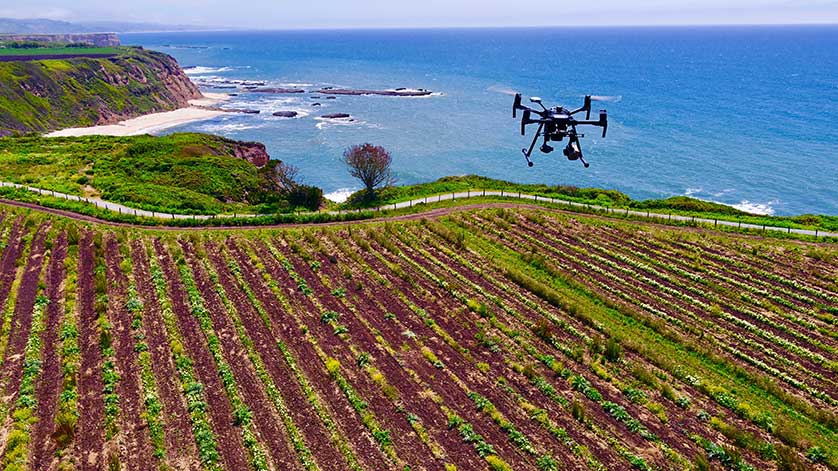How Drones are Solving the Difficulties of Offshore Inspections

For decades, offshore platforms have been forced to operate as self-sufficient facilities.
Most offshore facilities utilize advanced tools and technology including wire sensors, cameras, and reliable networks to inspect the overall health of platforms. However, these instruments only measure the surface-level of the platform. This leaves visibility beneath the facility limited, and creates major challenges and hazardous situations when attempting to accurately complete surveys and asset inspections.
Hundreds of millions of dollars have been invested into process automation and new technology, which allows platform operators and organizations to keep offshore facilities running as efficiently as possible. As automation techniques continue to advance, drones are becoming an integral tool for asset inspection across industries and increasingly becoming a critical resource for offshore platforms operations.
On top of the major challenges of maintaining the efficiency of offshore facilities, the ever-present dangers of inspecting remote facilities creates serious risks that can result in accidents, injuries, and even deaths. Keeping the entire structure intact and safe for employees generates the need for aerial visibility and intelligence via drones, helping better fill the gap across structure inspections. From greater visibility for once inaccessible areas of the platform, to real-time, live streamed video and data for survey reports, drones enable increased operational efficiency, reduced inspection costs, and heightened safety of surveyors.
Remote Challenges
Maintaining asset integrity is critical to keeping rig operations intact, and requires regular and thorough inspections. However, with harsh exposure to natural elements, including water, wildlife, sand, and other environmental factors, corrosion beneath the platform creates detrimental health risks to structure beams, cabling, and the overall facility -- risking the safety of all on the platform, and creating a heavy financial liability for operators.
To date, vertical inspections of offshore rigs often entail highly manual, resource-heavy, and inefficient methods. Transportation constraints, such as deploying boats and helicopters are costly, and require multiple facets of coordination. Beyond this, conducting vertical inspections of the platform is intensely physical, time-consuming, and dangerous. For example, accessing platforms requires personnel to be adequately trained and certified, involving several safety and technical classes before even stepping foot on the platform. Additionally, inspections can also involve teams to rappel beneath the platform to access the underbelly. This is not only a safety risk for inspection teams, but only provides project experts with limited visibility.
Drones and Vertical Inspections
Today, drones are providing the missing link between ensuring platforms are safe and intact -- increasing visibility and enabling complete, up-close, and real-time visualization into every inch of the platform -- for a fraction of the time and cost of traditional methods. For example, instead of having inspection teams manually access platform underbellies, pilots can fix and launch drones directly from boats beneath the rig or from the platform itself. With Aerial Telepresence, teams not only have access to detailed imagery and data, but a real-time live stream of the survey, enabling remote subject matter experts access to the inspection from anywhere in the world.
Rather than waiting until post-inspection to determine platform survey results, aerial visualization and real-time data enables project managers to instantly gather information and immediately identify assets in need of repair or attention -- impacting and improving safety and efficiencies of vertical inspections. With access to aerial intelligence and cloud capabilities, business stakeholders can better ensure the integrity of assets, without the traditional challenges and hazards of platform surveys. Aerial visibility and intelligence can also help companies better allocate resources and reduce costs, increase productivity and efficiency of inspectors and managers, and improve safety for teams like never before.
Looking towards the future
As technology helps us do this, using tools such as drones to enhance operational efficiency and safety will be standard. While solutions and regulations are still developing to enable fully autonomous technology, utilizing aerial visibility and intelligence through drones is a critical step to keeping asset integrity, reducing resources and costs, and increasing the safety of offshore teams.
By: Renner Vaughn, Director of Oil & Gas, Cape

